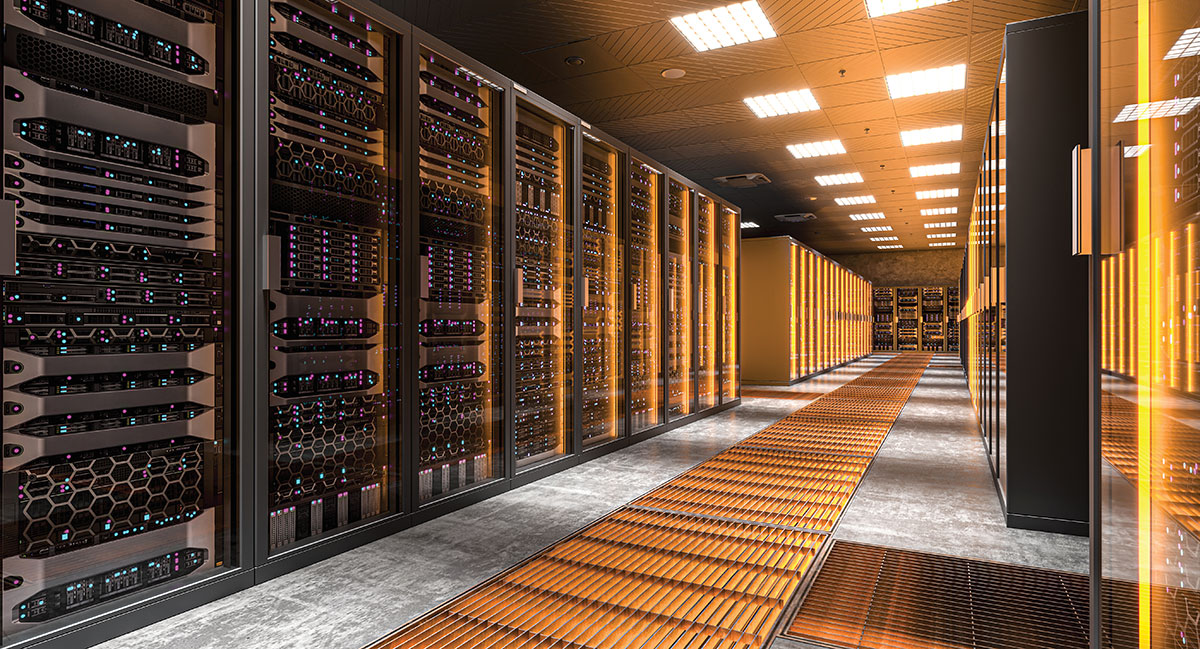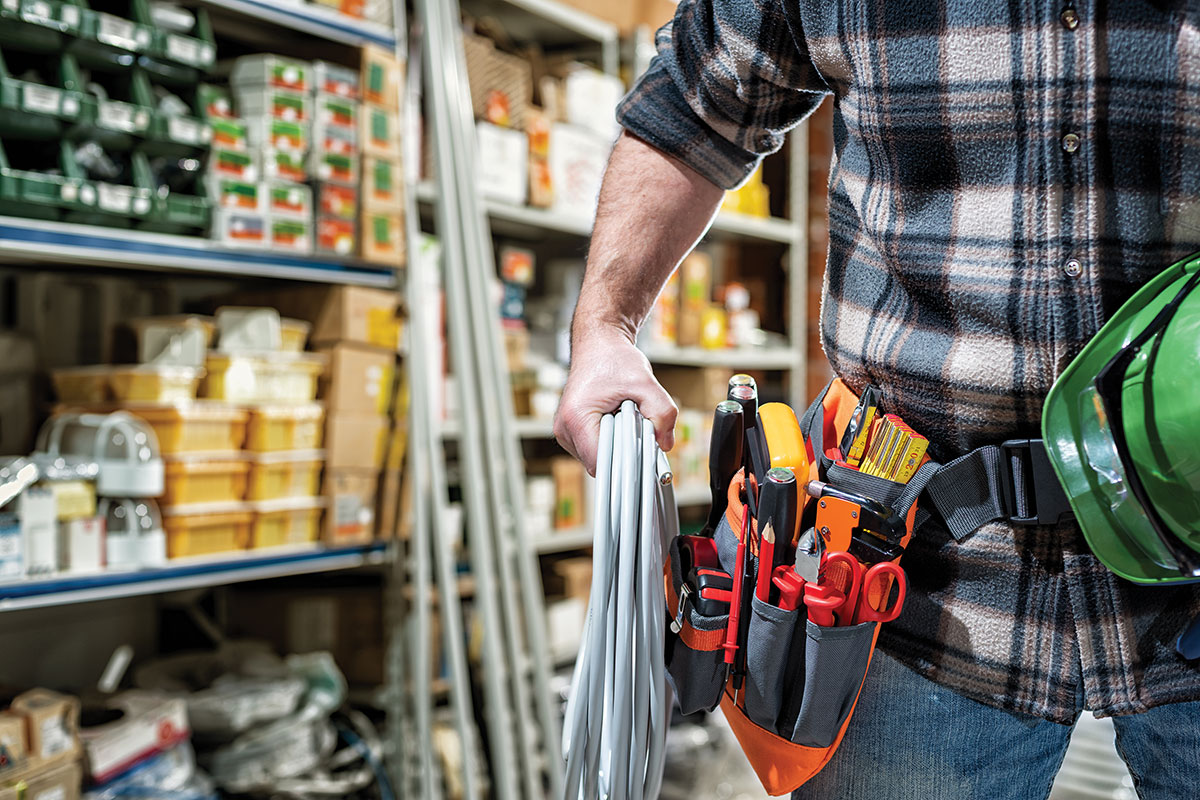Electrical work requires precision, safety, and efficiency. The right set of tools can make a significant difference in the quality of the work performed. This article explores the essential electrical tools, their uses, and why they are indispensable in the electrical trade. In addition, it also explores the different types of electrical systems, their components, and their applications. By recognizing these differences and the specific components involved, professionals can ensure the safe, efficient, and reliable operation of electrical systems across various applications.
TYPES OF TOOLS
Hand Tools
Screwdrivers are fundamental tools for any electrician. They are used to tighten or loosen screws in various electrical components. It’s crucial to have a set of insulated screwdrivers to protect against electrical shocks. Insulated screwdrivers come in various sizes and types, including flat-head, Phillips, and Torx, to accommodate different screw heads.
- Pliers are versatile tools used for gripping, twisting, bending, and cutting wires. Key types include:
- Needle-Nose Pliers are ideal for working in tight spaces.
- Linesman Pliers are used for cutting and twisting wires.
- Cutting Pliers (Diagonal Cutters) are designed specifically for cutting wires cleanly.
Wire strippers are essential for removing the insulation from electrical wires without damaging the conductor. They come with different gauge settings to accommodate various wire sizes, ensuring precision and efficiency in preparing wires for connections.
A voltage tester is a critical safety tool used to check for the presence of electrical voltage in outlets, switches, and wires. Non-contact voltage testers are particularly popular for their ease of use and safety, as they can detect voltage without direct contact with the electrical component.
Power Tools
A cordless drill is indispensable for drilling holes for electrical wiring and mounting electrical boxes. It is essential to have a set of drill bits suited for different materials, such as wood, metal, and masonry.
For more demanding tasks, such as drilling through concrete or masonry walls, a rotary hammer is the tool of choice. It combines the functions of a hammer and a drill, providing the power needed for heavy-duty applications.
An oscillating multi-tool is incredibly versatile, capable of cutting, sanding, scraping, and grinding. It is particularly useful for making precise cuts in drywall, wood, and metal, which is often required when installing electrical boxes and outlets.
Testing and Measuring Instruments
A multimeter is a multifunctional tool that measures voltage, current, and resistance. It is essential for troubleshooting electrical circuits, testing batteries, and verifying the integrity of electrical components. Modern digital multimeters provide accurate readings and often include additional features such as continuity testing and diode testing.
A clamp meter is used to measure the current flowing through a conductor without making direct contact. It is particularly useful for measuring high currents and is a safer alternative to traditional multimeters for certain applications.
A circuit tester helps identify live wires, faulty outlets, and incorrect wiring configurations. It is a straightforward tool that can quickly diagnose common electrical issues, making it a valuable addition to any electrician’s toolkit.
Safety Gear
Insulated gloves are crucial for protecting electricians from electrical shocks and burns. They are designed to withstand high voltages and provide a barrier between the skin and live electrical components.
Safety glasses protect the eyes from flying debris, sparks, and other hazards encountered during electrical work. Clear, impact-resistant lenses are recommended for maximum visibility and protection.
For tasks involving loud power tools, such as drilling and cutting, ear protection is necessary to prevent hearing damage. Earplugs or earmuffs that meet safety standards should be used.
Specialized Tools
Fish tape is used to pull wires through conduit or wall cavities. It is a flexible, retractable tool that makes it easier to route wires in difficult-to-reach areas.
A conduit bender is used to bend conduit pipes to the desired angle. This is essential for creating custom wiring runs and ensuring that conduit installations meet code requirements.
A crimping tool is used to attach connectors to the ends of cables securely. This is crucial for creating reliable electrical connections, particularly in data and communication wiring.
Organization and Storage
A tool belt allows electricians to keep their essential tools within easy reach, improving efficiency and reducing the time spent searching for tools. A well-organized tool belt can hold screwdrivers, pliers, wire strippers, and other frequently used tools.
A sturdy tool bag is essential for transporting tools to and from job sites. It should have multiple compartments to keep tools organized and protected. Some tool bags also come with wheels for easier mobility.
A label maker helps electricians organize and identify wires, cables, and tools. Clear labeling can prevent mistakes and improve the overall efficiency of electrical installations and maintenance.
TYPES OF SYSTEMS
Electrical systems are the backbone of modern infrastructure, providing the power necessary for homes, businesses, and industries to function. These systems can vary significantly in complexity and application, ranging from simple residential circuits to complex industrial networks.
Residential Electrical Systems
Residential electrical systems are designed to supply power to homes and small buildings. These systems are relatively simple compared to commercial and industrial systems but require careful planning and adherence to safety standards.
The service entrance is where the electrical power from the utility company enters the home. It typically includes a meter that measures electricity consumption and a main breaker panel that distributes power to various circuits in the home.
The distribution panel, also known as the breaker panel or fuse box, houses circuit breakers or fuses that protect individual circuits. Each breaker controls the power supply to specific areas or appliances in the home.
Branch circuits distribute power from the distribution panel to outlets, lights, and appliances throughout the home. These circuits are typically wired with either 120-volt or 240-volt power, depending on the requirements of the connected devices.
The grounding system is essential for safety, providing a path for electrical current to return to the ground in case of a fault. This prevents electrical shocks and reduces the risk of fire.
Commercial Electrical Systems
Commercial electrical systems are designed to meet the demands of businesses, offices, and other commercial establishments. These systems are more complex than residential systems and often include additional components for efficiency and safety.
Like residential systems, commercial buildings have a service entrance where power from the utility company enters the building. However, commercial service entrances often handle higher voltages and currents.
Commercial buildings typically have multiple distribution panels and subpanels to manage power distribution more efficiently. Subpanels allow for localized control of power in different areas of the building.
Many commercial electrical systems use three-phase power, which is more efficient for powering large motors and heavy equipment. Three-phase systems provide a more stable power supply and are capable of delivering higher power levels than single-phase systems.
Commercial buildings often require emergency power systems, such as backup generators or uninterruptible power supplies (UPS), to ensure continuous operation during power outages. These systems are critical for businesses that rely on constant power, such as data centers and healthcare facilities.
Industrial Electrical Systems
Industrial electrical systems are designed to meet the rigorous demands of manufacturing plants, refineries, and other industrial facilities. These systems are highly complex and require specialized components and configurations.
High-Voltage Systems Industrial facilities often operate on high-voltage systems to power heavy machinery and equipment. These systems require robust insulation and protective measures to ensure safety.
Motor Control Centers (MCC) are assemblies of one or more enclosed sections containing motor control units. They are used to control multiple motors in an industrial setting, providing centralized control and protection for motor-driven equipment.
Programmable Logic Controllers (PLC) are essential for automating industrial processes. They control machinery and processes based on input from sensors and programmed instructions, improving efficiency and precision in manufacturing operations.
Industrial electrical systems often include power factor correction equipment to improve the efficiency of power usage. This equipment reduces the reactive power component of the electrical load, resulting in lower energy costs and improved system performance.
Renewable Energy Systems
Renewable energy systems harness natural resources, such as sunlight, wind, and water, to generate electricity. These systems are becoming increasingly important as the world shifts towards sustainable energy solutions.
Solar power systems use photovoltaic (PV) panels to convert sunlight into electricity. These systems can be installed on rooftops or as ground-mounted arrays and are often connected to the grid to supply excess power back to the utility company.
Wind power systems use wind turbines to convert kinetic energy from the wind into electricity. These systems are typically installed in areas with consistent wind patterns and can range from small residential turbines to large commercial wind farms.
Hydroelectric power systems generate electricity by harnessing the energy of flowing water. These systems can be installed in rivers or dams and are capable of producing significant amounts of power.
Energy storage systems, such as batteries, are crucial for renewable energy systems. They store excess energy generated during peak production times and supply power when production is low, ensuring a consistent and reliable power supply.
Smart Electrical Systems
Smart electrical systems use advanced technologies to enhance the efficiency, reliability, and sustainability of power distribution and consumption. These systems are integral to the development of smart grids and smart homes.
Smart meters provide real-time data on electricity consumption, allowing for more accurate billing and better energy management. They enable utilities and consumers to monitor and adjust power usage more effectively.
Home automation systems integrate various electrical devices and appliances into a centralized control system. This allows homeowners to control lighting, heating, cooling, and security systems remotely, improving energy efficiency and convenience.
Demand response systems enable utilities to manage electricity demand during peak periods. By signaling consumers to reduce or shift their power usage, these systems help maintain grid stability and prevent outages.
Distributed Energy Resources (DER), such as rooftop solar panels and home battery systems, are integrated into the smart grid to provide localized power generation and storage. This reduces the reliance on centralized power plants and enhances grid resilience.
Conclusion
Having the right electrical tools and understanding what type of electrical system you have are essential to perform tasks safely and efficiently. From basic hand tools to advanced testing instruments, each tool plays a crucial role in ensuring the quality and safety of electrical work. By investing in high-quality tools and keeping them well-organized, electricians can enhance their productivity and deliver exceptional results in their projects. In addition, each electrical system has unique characteristics and requirements, from the simplicity of residential circuits to the complexity of industrial networks. As technology continues to evolve, the integration of renewable energy and smart technologies will further transform the landscape of electrical systems, paving the way for a more sustainable and interconnected future.
Finally, remember that safety is paramount when working with electricity. Always follow proper procedures and use the right tools for the job. Whether you’re an apprentice or a seasoned pro, having a well-equipped toolbox ensures success in any electrical project. Remember, a well-prepared electrician is a successful one!















Find Us on Socials